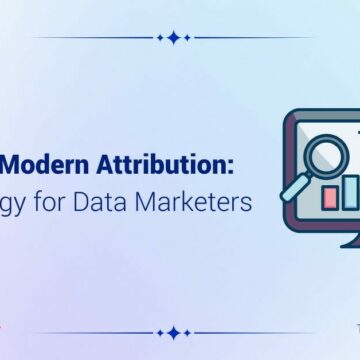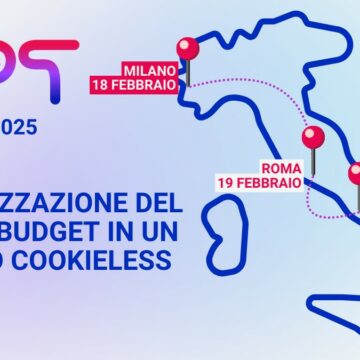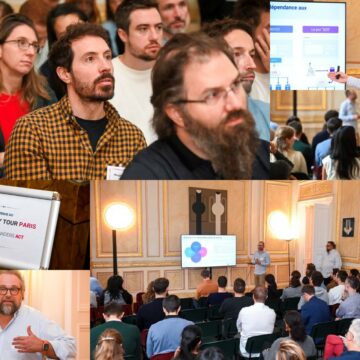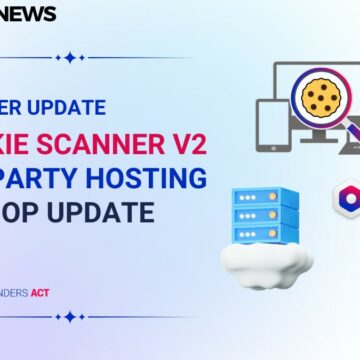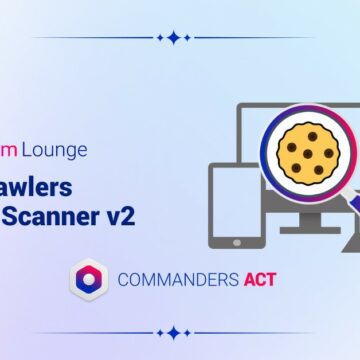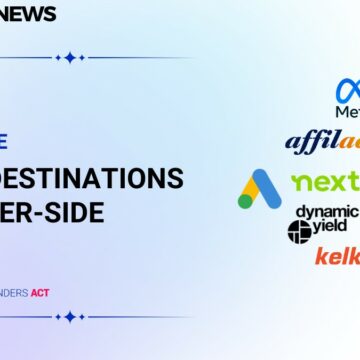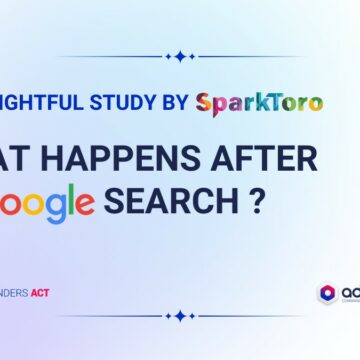[La Réclame] Cookieless: “Only 20% of data will be accessible in the future”
08/10/2024 |
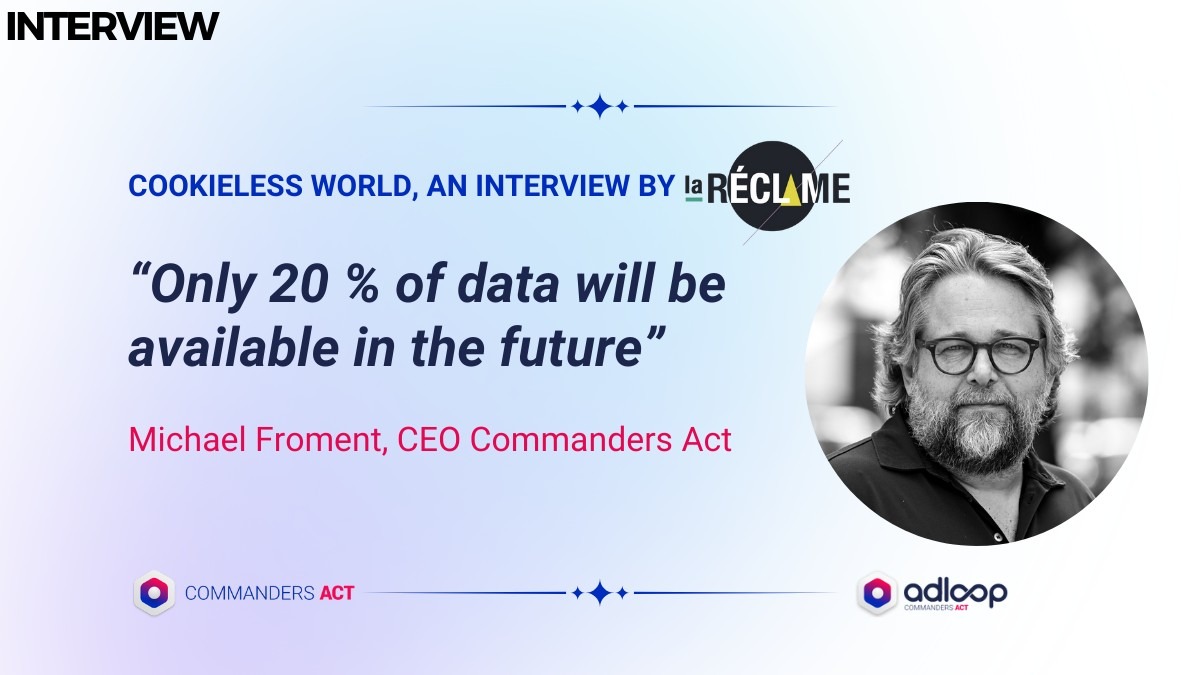
This article is a free translation of an original article published on La Réclame, author: Xuoan D.– Original article : Link
Server-side data collection and walled garden data.
How should we prepare for a world where cookies are deprecated when most of digital advertising relies on them? Not to mention that the numerous alternatives only fragment a market that is seeking unification… For Michael Froment, co-founder of Commanders Act, the French martech software company, and benefiting from 20 years of experience in online data, the cookieless era started with the rise of walled gardens (Meta, Google, Amazon, Apple, TikTok…) and is only now reaching its final destination with the gradual deprecation of third-party cookies on Chrome.
Now that the context is set, what can companies do to continue monitoring the performance of their media investments as data becomes scarcer? Michael Froment believes first-party data collection must now be done server-side to gain efficiency and quality. Rather than fighting against the proprietary reports of platforms, Commanders Act aggregates them into one media optimization solution.
This summer’s big news is that Google will keep allowing Chrome users to choose whether to accept third-party cookies. We’re moving from “cookieless” to “cookiemaybe.” How do you support your clients in this context?
Michael Froment: Digital is all about data. Digital marketing is even more about data. When our clients start worrying about having less data to make decisions and manage their investments, it creates stress. The main challenge for our clients is to adjust their digital approach in this new environment. We guide them through this jungle.
The “cookiemaybe” phase signals a slow death for third-party cookies, but this path is even slower. Looking at the timeline, third-party cookies began to decline with privacy regulations and the requirement for consent. Then came adblockers. Next, browsers like Firefox and Safari made changes, and soon Chrome will give users a choice, which complicates things for the market. People may think third-party cookies are not over, but it’s a slow death.
If we quickly calculate, there is currently about a 70% consent rate on the web. So, we already have access to only 70% of the data we had before. We’re going from 1 to 0.7. If we add the market share of Safari, Firefox, and ad-blocking, we lose another 40%. So, we go from 0.7 to 0.42. Then, we can expect a 50% consent rate on Chrome (as seen with Apple’s App Tracking Transparency). We then arrive at 0.21. This means that companies should expect only 20% of the data they used to collect if we continue with this model.
Walled gardens don’t help…
M.F.: Sometimes I challenge our clients by reminding them that cookieless has existed since the rise of walled gardens. Today, around 70% of their online investments go to Google and Meta, which are opaque in terms of data tracking. Advertisers must rely on the figures provided by Meta and Google.
The only thing an advertiser can properly control is their own website. As soon as they leave their site, they enter a blurry world. They won’t know what a user ID does on Google or Facebook, and vice versa. The same goes for open web media. That’s the reality we are moving toward.
We know that having good intentions isn’t always enough. Hasn’t privacy regulation only strengthened the platforms it was supposed to protect individuals from?
M.F.: Yes, that’s ultimately one interpretation of GDPR. When it was created, the digital world was growing very fast and at the same time gaining maturity… it was only normal for lawmakers to take interest in what was happening in the digital ecosystem.
The hidden agenda was to make things a little more difficult for platforms, even though they are the least affected in the end. In contrast, the open web has seen its advertising revenues plummet.
Is fragmentation a risk for the open web business? Wouldn’t it be easier for an advertiser to invest with the four giants—Meta, Google, Amazon, and TikTok?
M.F.: Investing on a platform is child’s play for companies. One interface, integrated reporting, reach… On the open web, however, they’ll need to build bridges between companies with sometimes converging but often competing interests. Creating a standard on the open web is difficult. There are emerging solutions: new identity providers (First-ID, Universal ID, etc.), or The Trade Desk, which has a strong reputation and substantial global coverage.
Working with these new solutions requires some engineering to circulate data and rebuild a tracking equivalent similar to the tracking we once knew with today’s tools and limitations. Clients have confessed, somewhat awkwardly, that development is no longer their priority because of the rise in complexity, and they can’t invest where they’re unsure of their reporting capabilities.
Commanders Act focuses on server-side tracking. Why this choice?
M.F.: We realized we could no longer rely on browsers to build a digital marketing strategy, as they are increasingly moving away from cookies. However, server-side allows for direct exchanges between users and companies through APIs. Server-side secures data transfers and is much cleaner than JavaScript. More importantly, it only works with consented data—server-side is not a way to bypass the law.
With server-side, we collect the same first-party data we used to (like Google’s GTM tags), but we do it better, more cleanly, and with higher quality. This results in more data collection, with a 25% increase in tracked conversions. It also improves page load times, which positively impacts our clients’ SEO.
More secure and faster exchanges will encourage the market to move towards more refined marketing data, integrating elements like scoring—something AI facilitates—with lifetime value, margins, and so on.
What’s the next step for the market, in your opinion?
M.F.: Conversion tracking from walled gardens’ data presents challenges. Yes, each giant has its own pixel on advertisers’ sites. But if I have campaigns running across the main platforms, and I have 120 conversions per day, Google might claim 100, Meta 100, TikTok 100, Snapchat 100, and La Réclame, say, 100 as well. So, I end up with 500 reported conversions, but only see 120 in my back-office. It’s a recurring problem. How can we fix it?
That’s what attribution is for. It was easier when we could track every event, every banner click. But with cookieless, the data is either gone or less reliable.
Our approach, following the merger with Adloop, is to accept that the era of attribution via cookies is behind us. We now need to rely on the platforms’ proprietary data.
We aggregate the reporting data from walled gardens into one interface through their APIs. The challenge is being able to analyze media performances and extract value.
Does your campaign optimization tool intervene in the creative process, or is it still limited to reporting for now?
M.F.: La Réclame leans a little more towards data. And perhaps we should lean more towards creativity. It is indeed a crucial component of campaign performance. Today, with the same creative material, we compare campaign results across platforms. It’s up to our clients to link conversions to different creative assets.
